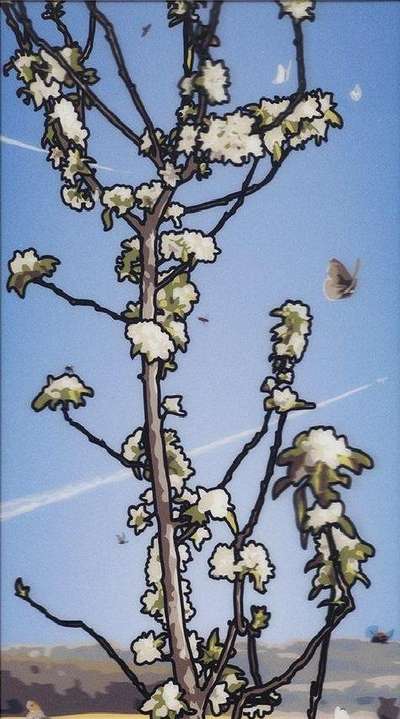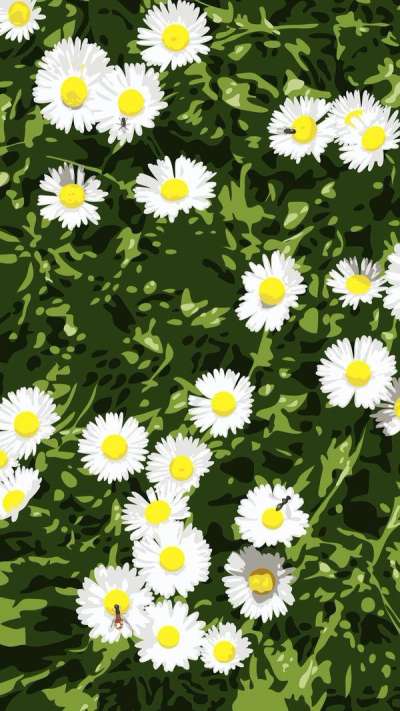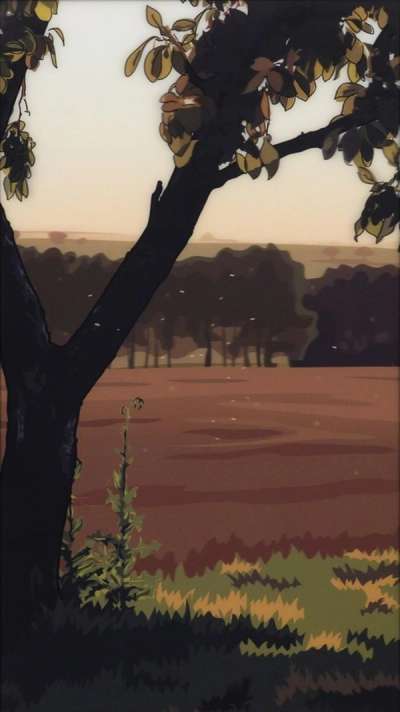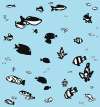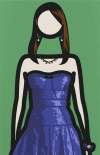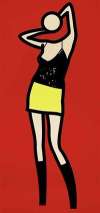French
Landscapes
French Landscapes is a four-part print series by Julian Opie featuring photorealistic flowers, trees and nature, set against an idyllic pastoral landscape. Unusual in terms of style for Opie, this series is almost photographic yet highly atmospheric, showing minute details like small insects, leaves and petals.
Julian Opie French Landscapes For sale
French Landscapes Market value
Auction Results
| Artwork | Auction Date | Auction House | Return to Seller | Hammer Price | Buyer Paid |
|---|
Sell Your Art
with Us
with Us
Join Our Network of Collectors. Buy, Sell and Track Demand
Meaning & Analysis
French Landscapes is a set of four prints by Julian Opie showing highly realistic images of flowers, trees and nature, three of which are set against an idyllic landscape scene. Unusual in terms of style for Opie, this series is almost photographic, showing minute details like small insects, leaves and petals.
Every print in the series is a vertical rectangular composition which is unusual considering all but one print, Daisies, are landscape images. Across the series, there are focal points, a tree, daisies, flowers, that are shown in the very front foreground of the image, to play with unconventional perspective and cropping techniques. Opie contrasts foreground motifs with the backdrop to dramatic effect, combining this with the vertical compositions to create a set of highly unique prints.
Using computer technology as a key component to this work, Opie produces a set of moving images through lenticular printing. Demonstrating a keen interest in movement and animation throughout his career, Opie often uses movement as a form of realism and to create dynamic images of modern life. Combined with photographic realism, the use of moving image in this series functions to create an uncanniness that toes the line between representation and reality.
Much of Opie’s work has been compared to the digitally rendered landscapes of video games in the way that they mimic a simultaneously familiar yet otherworldly sphere. Like much of Opie’s work, the series is uncanny in the sense of familiarity it strikes within the viewer, thus encouraging the viewer to project their own experiences onto the image. Opie has said of his depersonalised, slick style, “I think my work is about trying to be happy… I want the world to seem like the kind of place you’d want to escape into… Mundane things are just as exciting as all the things you might imagine escaping into.”

